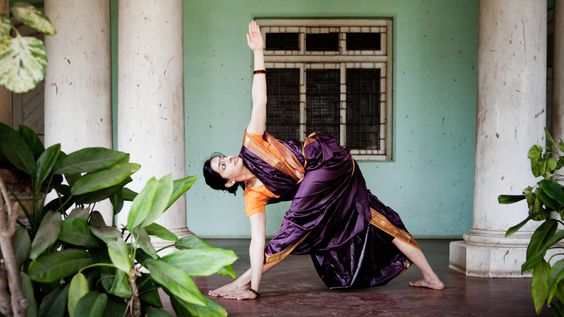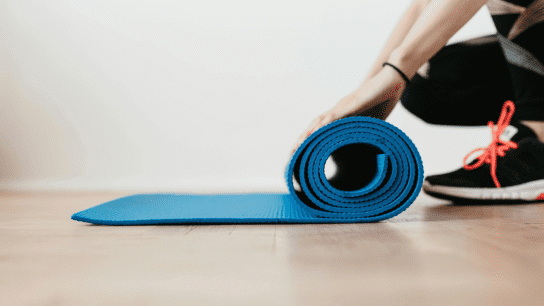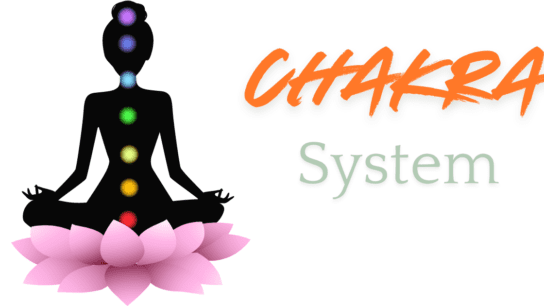Yoga has evolved into a multifaceted practice with various styles, each offering unique benefits and approaches. Among these, Kundalini Yoga stands out for its focus on awakening latent energy within the body. This article provides an in-depth look at Kundalini Yoga, exploring its origins, core practices, benefits, and tips for starting your journey. Whether you’re a seasoned yogi or a curious newcomer, this guide will help you understand and embrace the transformative potential of Kundalini Yoga.
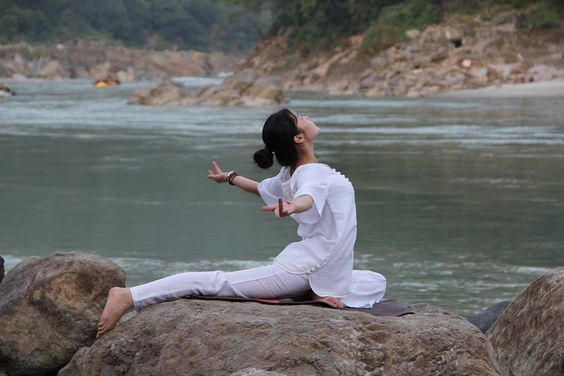
What is Kundalini Yoga?
Kundalini Yoga is a dynamic and comprehensive form of yoga designed to awaken the dormant spiritual energy within us. The term “Kundalini” refers to a latent, coiled energy believed to reside at the base of the spine. The practice aims to raise this energy through various techniques, leading to higher consciousness and spiritual enlightenment.
Historical Background
Kundalini Yoga has ancient roots in the spiritual traditions of India. Its origins are traced back to the Vedic period and are mentioned in several texts, including the Upanishads and the Tantras. However, it was popularized in the West by Yogi Bhajan in the late 1960s. Yogi Bhajan introduced Kundalini Yoga to a broader audience, emphasizing its practical benefits for modern living.
Core Principles of Kundalini Yoga
Kundalini Yoga is based on several core principles:
- Kriyas: These are specific sets of exercises, including postures, breathing techniques, and meditation, designed to achieve specific results and stimulate energy flow.
- Pranayama: Controlled breathing techniques that help regulate the flow of prana (life force) and support the awakening of Kundalini energy.
- Mantras: Repeated sounds or phrases that help focus the mind and elevate consciousness. Chanting mantras is a key component of Kundalini practice.
- Mudras: Hand gestures that help channel energy and enhance the effects of the practice.
- Bandhas: Internal body locks that help direct energy flow and stabilize the practice.
- Meditation: Practices aimed at calming the mind and achieving higher states of consciousness.
Benefits of Practicing Kundalini Yoga
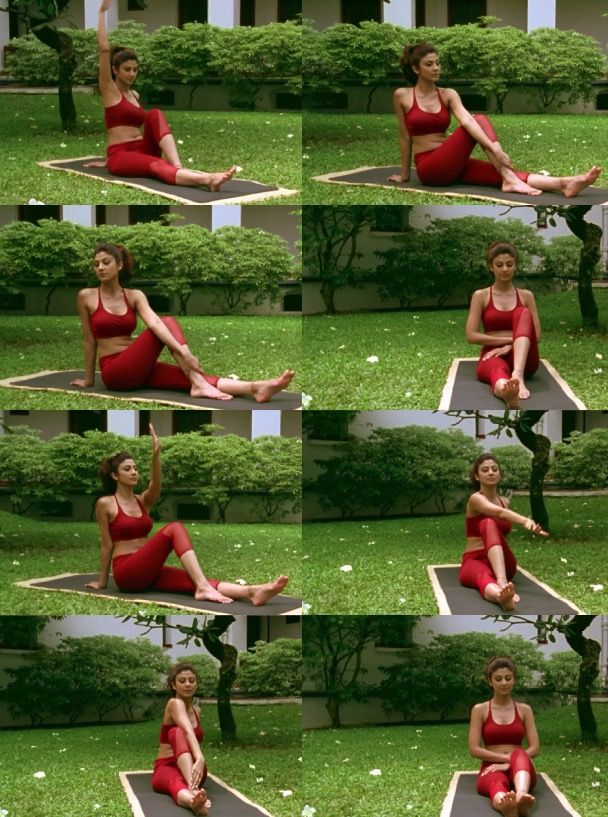
Kundalini Yoga offers a wide range of benefits that encompass physical, mental, and spiritual well-being. Here’s a detailed look at some of the key benefits:
1. Enhanced Spiritual Awareness
One of the primary goals of Kundalini Yoga is to awaken and elevate spiritual consciousness. Practitioners often report a deeper sense of connection to themselves and the universe, leading to personal and spiritual growth.
2. Increased Energy Levels
The practice stimulates the flow of prana throughout the body, which can lead to increased vitality and energy. Regular practice helps in overcoming fatigue and enhancing overall energy levels.
3. Improved Mental Clarity
Kundalini Yoga incorporates meditation and mindfulness practices that promote mental clarity and focus. By calming the mind and reducing mental clutter, practitioners can achieve better decision-making and emotional stability.
4. Stress Reduction
Through its emphasis on breath control, meditation, and relaxation, Kundalini Yoga helps in reducing stress and anxiety. The practice encourages relaxation and promotes a sense of inner peace.
5. Enhanced Physical Health
Kundalini Yoga includes a range of physical postures and exercises that improve flexibility, strength, and overall fitness. The practice supports detoxification and enhances cardiovascular health.
6. Emotional Balance
The practice fosters emotional stability and resilience. By working through internal blockages and releasing stored emotions, Kundalini Yoga helps in achieving emotional balance and well-being.
7. Greater Self-Awareness
Kundalini Yoga encourages self-exploration and self-awareness. The practice helps individuals understand their inner selves better and align their actions with their true nature.
8. Improved Relationships
By fostering a deeper understanding of oneself, Kundalini Yoga can enhance interpersonal relationships. Practitioners often experience improved communication and empathy in their interactions with others.
Key Practices in Kundalini Yoga
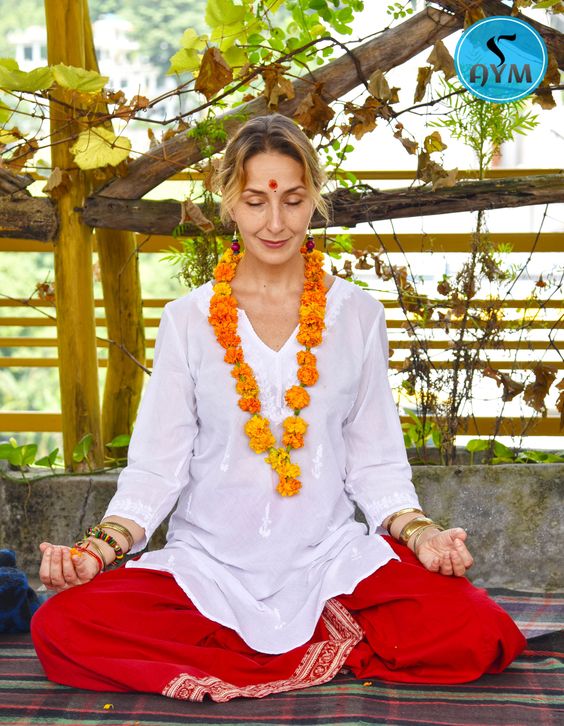
Kundalini Yoga encompasses a variety of practices that work together to achieve its transformative goals. Here’s a breakdown of the key practices involved:
1. Kriyas
Kriyas are structured sets of exercises and techniques designed to achieve specific outcomes. Each kriya includes a combination of postures, breathwork, and meditation. Some well-known kriyas include:
- The Sat Kriya: A powerful practice for stimulating the root chakra and increasing overall energy.
- The Kundalini Kriya: Focuses on awakening the dormant energy and enhancing spiritual awareness.
2. Pranayama (Breath Control)
Pranayama techniques in Kundalini Yoga help regulate the breath and enhance energy flow. Some common pranayama practices include:
- Alternate Nostril Breathing (Nadi Shodhana): Balances the energy channels and calms the mind.
- Breath of Fire (Kapalabhati): Energizes the body and clears the mind.
3. Mantras
Mantras are sacred sounds or phrases repeated during practice to focus the mind and elevate consciousness. Popular mantras include:
- “Sat Nam” (Truth is my identity)
- “Wahe Guru” (The experience of the Divine)
4. Mudras
Mudras are hand gestures that help channel energy and support the practice. Some commonly used mudras are:
- Gyan Mudra: Enhances concentration and memory.
- Chin Mudra: Promotes inner peace and clarity.
5. Bandhas
Bandhas are internal locks used to control and direct energy flow. Key bandhas include:
- Mula Bandha: The root lock, which engages the pelvic floor muscles.
- Uddiyana Bandha: The abdominal lock, which involves drawing the abdomen in towards the spine.
6. Meditation
Meditation in Kundalini Yoga helps calm the mind and elevate consciousness. Techniques vary from guided meditations to silent contemplation, each designed to deepen the practice and support spiritual awakening.
How to Start Practicing Kundalini Yoga
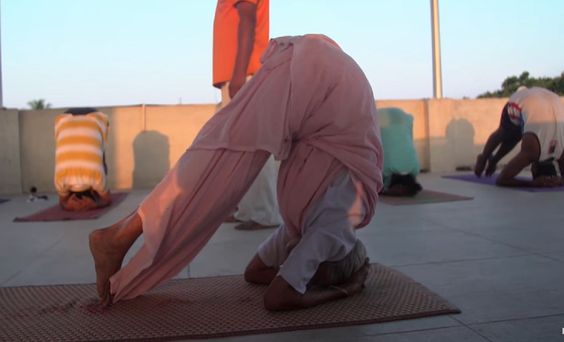
Starting a Kundalini Yoga practice can be a rewarding journey. Here’s a step-by-step guide to help you get started:
1. Find a Qualified Instructor
Seek out a certified Kundalini Yoga instructor or studio in your area. A qualified teacher can guide you through the nuances of the practice and ensure that you perform techniques correctly and safely.
2. Set Up a Practice Space
Create a dedicated space for your practice. Ensure it is clean, quiet, and free from distractions. Consider adding items like a yoga mat, cushion, and any props you might need.
3. Begin with Introductory Classes
Start with beginner-level classes to familiarize yourself with basic techniques and kriyas. Don’t hesitate to ask questions and seek guidance from your instructor.
4. Learn Basic Kriyas and Pranayama
Begin by learning and practicing basic kriyas and pranayama techniques. Focus on mastering these fundamental practices before progressing to more advanced techniques.
5. Incorporate Mantras and Mudras
Experiment with different mantras and mudras to find those that resonate with you. Incorporate these into your practice to enhance its effectiveness.
6. Practice Regularly
Consistency is key to experiencing the full benefits of Kundalini Yoga. Aim to practice several times a week, even if it’s just for a short duration.
7. Listen to Your Body
Pay attention to how your body responds to different practices. Modify techniques as needed and avoid pushing yourself into discomfort or pain.
8. Explore Meditation
Incorporate meditation into your routine to complement your physical practice. Even a few minutes of daily meditation can significantly enhance your overall experience.
Common Misconceptions About Kundalini Yoga
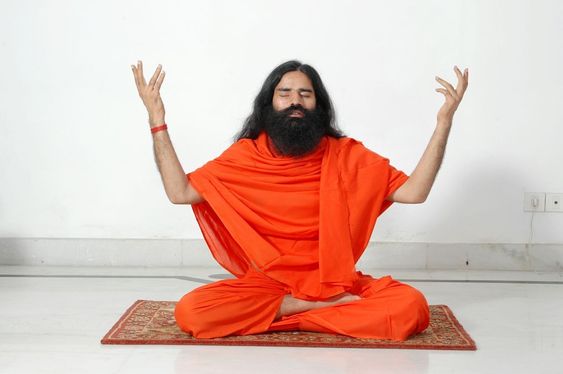
Despite its benefits, Kundalini Yoga is often misunderstood. Here are some common misconceptions:
1. It’s Only for Advanced Practitioners
Kundalini Yoga is suitable for practitioners of all levels. While some techniques can be challenging, there are modifications and practices that are accessible to beginners.
2. It’s a “New Age” Practice
While Kundalini Yoga gained popularity in the West in the late 20th century, its roots are deeply embedded in ancient Indian spiritual traditions.
3. It’s About Awakening Supernatural Powers
The primary goal of Kundalini Yoga is not to gain supernatural powers but to awaken spiritual awareness and personal growth. It’s a journey of self-discovery and transformation.
4. It Requires Special Knowledge or Belief
You don’t need to have specific beliefs or knowledge to practice Kundalini Yoga. The practice is open to everyone, regardless of their spiritual background or knowledge.
Conclusion
Kundalini Yoga offers a profound path to self-discovery, spiritual awakening, and overall well-being. By integrating kriyas, pranayama, mantras, mudras, and meditation, practitioners can experience transformative benefits that enhance physical health, mental clarity, and spiritual growth. Whether you’re just starting out or looking to deepen your practice, Kundalini Yoga provides a comprehensive approach to unlocking your inner potential.
Embrace the journey of Kundalini Yoga with an open mind and heart, and discover the powerful changes it can bring to your life. Remember, the path to awakening is a personal and ongoing journey, and each step you take brings you closer to greater self-awareness and fulfillment. Namaste!
FAQ: Kundalini Yoga
1. What is Kundalini Yoga?
Kundalini Yoga is a dynamic form of yoga that focuses on awakening the dormant spiritual energy, known as Kundalini, located at the base of the spine. Through a combination of physical postures (asanas), breathing techniques (pranayama), meditation, mantras, and mudras, practitioners aim to elevate their consciousness and achieve spiritual enlightenment.
2. What are the main benefits of practicing Kundalini Yoga?
Practicing Kundalini Yoga offers numerous benefits, including:
- Enhanced Spiritual Awareness: Awakens spiritual energy and fosters personal growth.
- Increased Energy Levels: Stimulates vitality and reduces fatigue.
- Improved Mental Clarity: Enhances focus and cognitive function.
- Stress Reduction: Promotes relaxation and lowers stress levels.
- Emotional Balance: Helps in processing and releasing stored emotions.
- Improved Physical Health: Boosts flexibility, strength, and overall fitness.
- Greater Self-Awareness: Deepens understanding of oneself and one’s purpose.
3. How does Kundalini Yoga differ from other types of yoga?
Kundalini Yoga focuses specifically on awakening the dormant energy at the base of the spine and raising it through the chakras to achieve higher consciousness. Unlike styles such as Hatha or Vinyasa Yoga, which emphasize physical postures and fluid movement, Kundalini Yoga incorporates a combination of kriyas (sets of exercises), pranayama, mantras, and meditation to stimulate energy and spiritual growth.
4. Is Kundalini Yoga suitable for beginners?
Yes, Kundalini Yoga can be practiced by beginners. It is important to start with basic techniques and kriyas under the guidance of a qualified instructor. Beginners may need time to adjust to the unique aspects of Kundalini Yoga, such as the use of mantras and specific breath control techniques.
5. What should I expect in a typical Kundalini Yoga class?
A typical Kundalini Yoga class includes:
- Warm-Up: Gentle exercises and stretches to prepare the body.
- Kriyas: A series of exercises, including postures, breathwork, and meditation, designed to achieve specific outcomes.
- Meditation: Focused practices to calm the mind and enhance spiritual awareness.
- Mantra Chanting: Repetition of sacred sounds or phrases to elevate consciousness.
- Relaxation: A period of deep relaxation to integrate the effects of the practice.
6. Do I need any special equipment for Kundalini Yoga?
The primary equipment needed for Kundalini Yoga is a yoga mat for comfort and stability. You may also use props such as a cushion or blanket for seated practices. Some practitioners also use yoga blocks or straps to assist with certain postures. However, many classes provide these props, so it’s a good idea to check with your instructor.
7. How often should I practice Kundalini Yoga to see results?
For optimal results, practice Kundalini Yoga 2-3 times a week. Regular practice helps in experiencing the full benefits of the techniques and achieving noticeable improvements in physical, mental, and spiritual well-being. Consistency is key to deepening your practice and achieving lasting results.
8. Can Kundalini Yoga help with stress and anxiety?
Yes, Kundalini Yoga is particularly effective for reducing stress and anxiety. The practice combines breath control, meditation, and relaxation techniques that help calm the nervous system and promote emotional balance. Regular practice can lead to a greater sense of inner peace and resilience against stress.
9. Is Kundalini Yoga safe for people with health conditions or injuries?
Kundalini Yoga can be adapted to accommodate various health conditions and injuries. However, it’s essential to consult with a healthcare provider before starting any new exercise regimen, especially if you have existing health issues. Inform your instructor about any conditions or injuries so they can provide modifications and ensure a safe practice.
10. What are kriyas in Kundalini Yoga?
Kriyas are specific sets of exercises in Kundalini Yoga designed to achieve particular goals. Each kriya includes a combination of physical postures, breathwork, mantras, and meditation tailored to address different aspects of physical and spiritual health. Kriyas are central to the practice, helping to stimulate and elevate Kundalini energy.
11. How do mantras play a role in Kundalini Yoga?
Mantras are sacred sounds or phrases repeated during practice to focus the mind and elevate consciousness. In Kundalini Yoga, mantras are used to amplify the effects of kriyas and meditation. Chanting mantras helps in aligning the mind with higher states of awareness and achieving deeper levels of spiritual connection.
12. What are mudras and how are they used in Kundalini Yoga?
Mudras are hand gestures used to channel energy and enhance the practice. In Kundalini Yoga, mudras are combined with postures and breathing techniques to direct energy flow and support specific outcomes. Common mudras include Gyan Mudra (for concentration) and Chin Mudra (for inner peace).
13. Can I practice Kundalini Yoga at home?
Yes, you can practice Kundalini Yoga at home. Begin by learning basic kriyas, pranayama techniques, and meditations from reputable sources. Set up a quiet, dedicated space for your practice and follow a consistent routine. Online classes and videos can also guide you as you develop your home practice.
14. What should I do if I experience discomfort during practice?
If you experience discomfort during Kundalini Yoga, stop and rest. Assess your alignment and technique to ensure you are practicing correctly. If discomfort persists, modify the practice or use props for support. Consult with your instructor for personalized adjustments and advice.
15. What are some common misconceptions about Kundalini Yoga?
Common misconceptions include:
- It’s only for advanced practitioners: Kundalini Yoga is accessible to all levels, including beginners.
- It’s about awakening supernatural powers: The primary goal is spiritual growth and self-awareness, not supernatural abilities.
- It requires special beliefs: Anyone can practice Kundalini Yoga, regardless of their spiritual or religious beliefs.
- It’s overly esoteric: While it includes spiritual elements, Kundalini Yoga also offers practical benefits for physical and mental health.
16. How can I deepen my Kundalini Yoga practice?
To deepen your Kundalini Yoga practice:
- Practice regularly: Aim for consistent practice to experience full benefits.
- Explore advanced techniques: As you progress, explore more advanced kriyas and meditations.
- Work with experienced teachers: Seek guidance from qualified instructors to refine your practice.
- Integrate meditation: Include daily meditation to enhance spiritual awareness.
- Join a community: Connect with other practitioners to share experiences and gain support.
17. What are the best resources for learning more about Kundalini Yoga?
Useful resources include:
- Books: “The Heart of the Yogi” by Yogi Bhajan and “Kundalini Yoga: The Flow of Eternal Power” by Shakti Parwha Kaur Khalsa.
- Online Classes: Websites like Yoga International and Gaia offer Kundalini Yoga classes and workshops.
- Local Studios: Find studios offering Kundalini Yoga classes in your area.
- Videos and Apps: Platforms like YouTube and yoga apps provide guided practices and tutorials.
For More Yoga information

